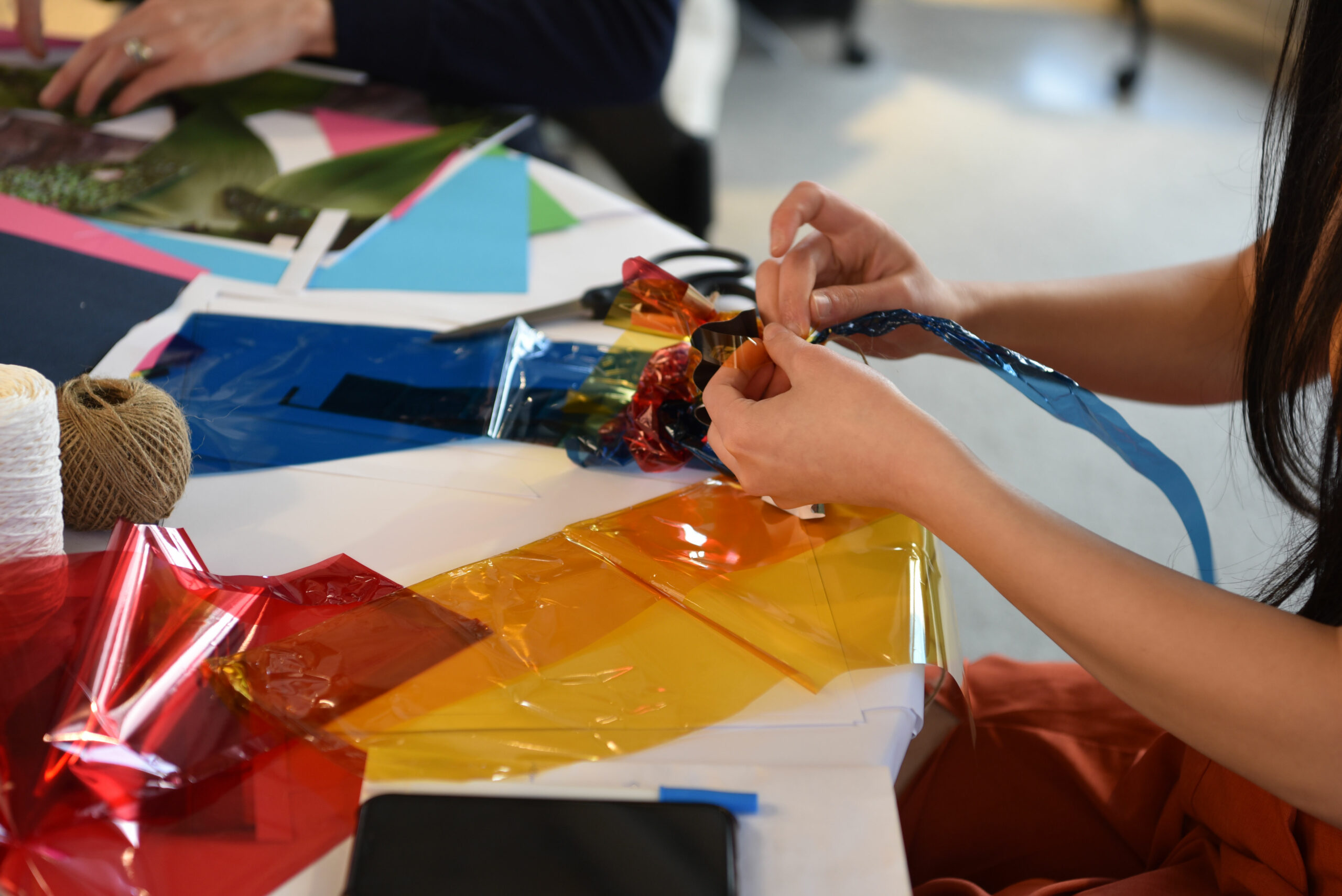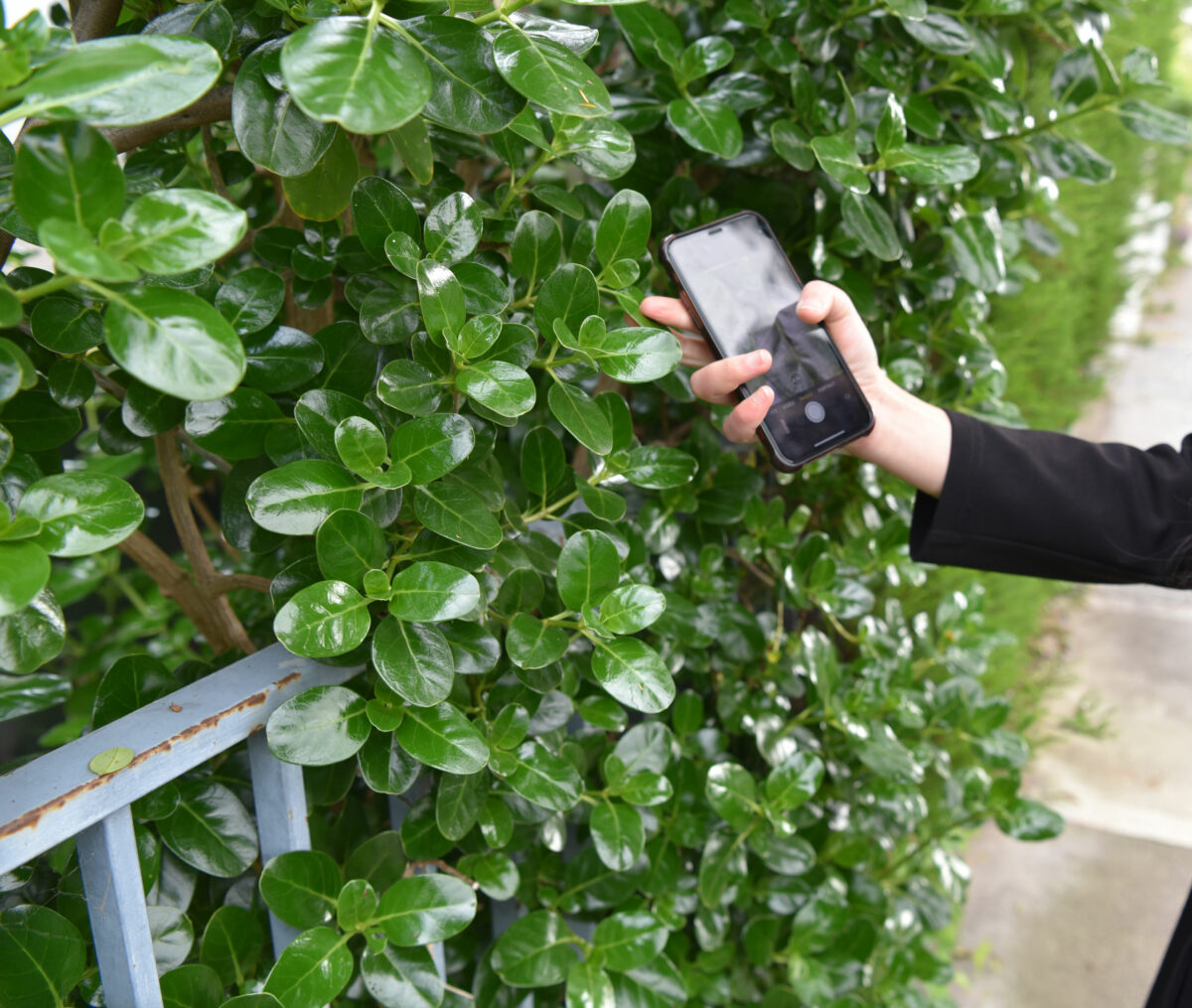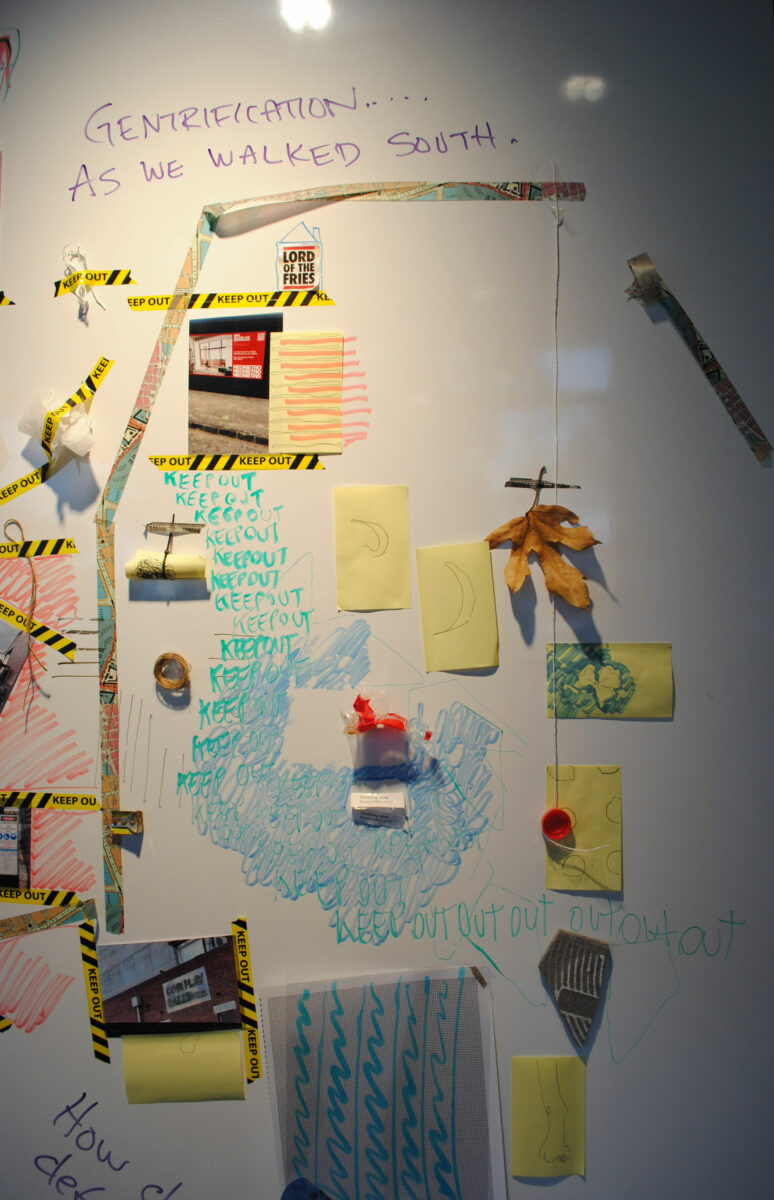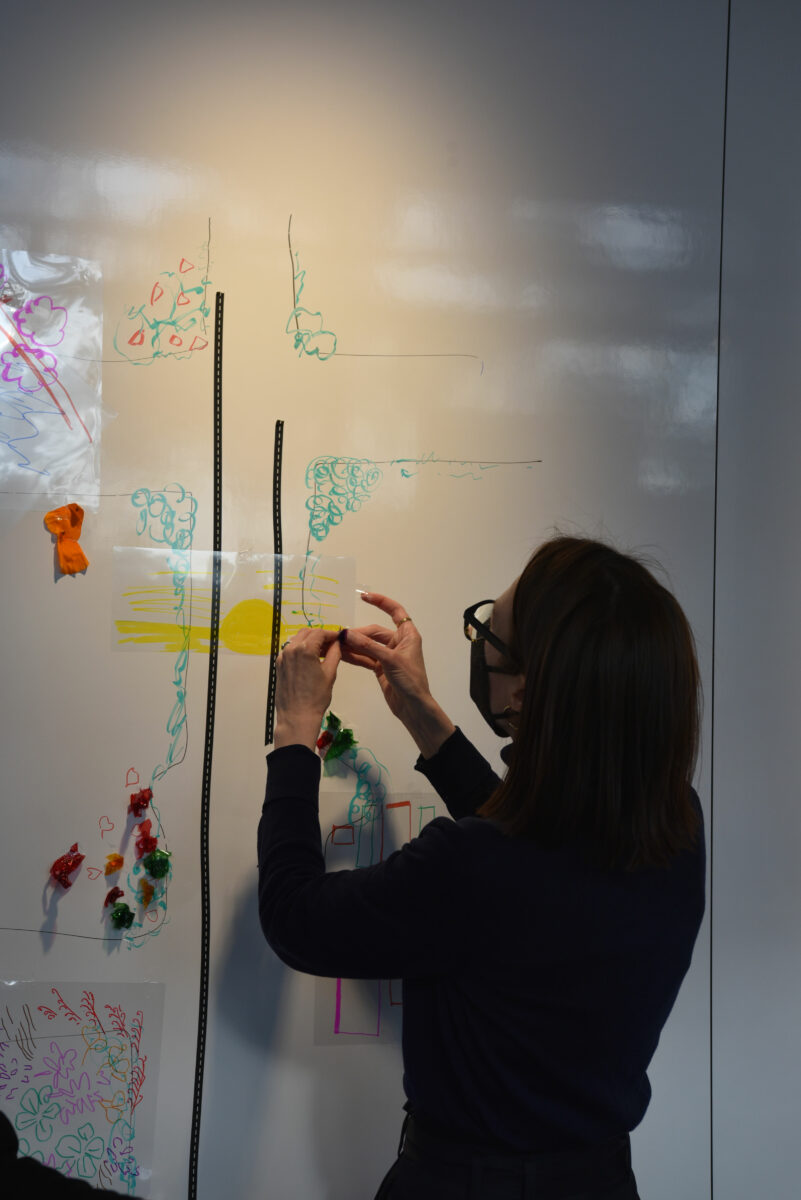Mapping Moods for Future Cities – Brunswick
Have you ever considered how cities measure our moods?
The human experience is increasingly captured through digitised data, but how can a mood be quantified, represented or imagined? And how might this information be used by the city for the wellbeing of its citizens?

Moodboarding at the Brunswick Workshop 2022. Image: RMIT PlaceLab.
Facilitated by Professor Annette Markham, the two-and-a-half-hour Workshop asked participants to actively participate in and contribute to playful experiments to generate collaborative “moodmaps”, expressing some of the moods of Brunswick in a post-pandemic time of recovery. Discussions of how sensory and textural experiences like ‘mood’ can become meaningful information, data or even maps for city planners and policy makers, as they try to build better futures in times of global crisis and recovery facilitated the creation of the ‘moodmaps’.
Workshop Breakdown
- Annette introduced the idea and premises of “moodboarding as a method for citizen social science”.
- What did it feel like getting here today? Participants were then asked to work with visual and textural materials in the space to visualise “moods” based on prompts from Annette.
- What is the mood of this part of the city? Group walks were interjected amongst the creation of moodboards to allow participants to collectively experience the mood and collect sensory impressions of Brunswick. Upon return, the group created maps together of what they had experienced.
- How can moodboards produce visual and textural layered accounts of lived experience? The workshop finished by discussing the challenges and value of the exercise, as well as moodboarding or other creative layering, as a form of data production, citizen social science, or city engagement.
The ‘Mapping Moods for Future Cities – Brunswick’ Workshop was presented by RMIT PlaceLab and supported by RMIT’s Digital Ethnography Research Centre.


